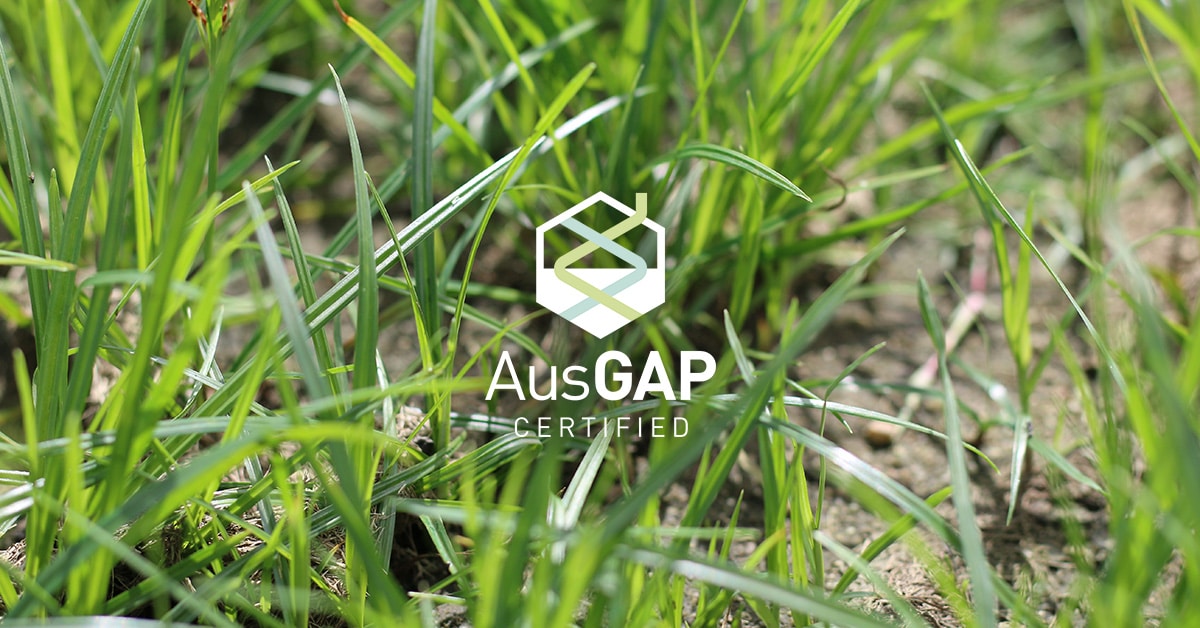Using weeds as indicators of soil and environmental conditions

Turfgrass species are adapted to certain environmental conditions, this is also true of weeds. Understanding the correlation between weed species and soil environments such as soil pH, moisture levels, shade, compaction, etc., can prove beneficial in helping to solve an underlying soil problem. Being able to correct soil issues to benefit turf health will then result in a more competitive turf which is able to reduce weed incidence and density. Read on to find out more about how weed incidence can provide indicators for environmental conditions and soil health.
Weeds can be excellent indicators, some species can reflect or predict environmental conditions of the site. Certain weeds can indicate that an underlying issue is causing stress to turf. No matter what kind of environment you create—by mowing too low/high, leaving the turf too wet/dry, using too much or too little fertilisation, etc.—there is a weed species that will thrive in that condition. The best way to prevent or reduce weed growth is to maintain a healthy turf and landscape plants. However, it is important to consider that the presence of a certain weed is not proof of certain conditions, and it is important to consider everything that may be impacting the site other than environmental conditions, including cultural practices.
Moisture Levels
Moisture levels play a pivotal role in dictating the presence and proliferation of specific weed species within turfed areas. In environments with excessive moisture or poor drainage, weed species such as sedges, mosses, or certain types of broadleaf weeds often thrive. Conversely, areas with arid conditions or inadequate watering might witness the dominance of different weed varieties, such as thistles or lambs tongue. Monitoring and understanding the correlation between moisture levels and weed growth offer crucial insights into the overall water management practices and environmental conditions of lawns and landscapes. Adjusting irrigation schedules or improving drainage based on these indicators can significantly contribute to maintaining a healthier and more balanced site, allowing optimal turf growth and health.
Weeds that can indicate moist or poorly drained soil: Poa annua, chickweed, crabgrass, goosegrass, creeping charlie, speedwell, buttonweed, nutgrass
Soil pH and weeds
Weeds exhibit distinct preferences for specific pH ranges, showcasing their adaptability to varying soil conditions. For instance, acidic soils, characterised by a lower pH, may foster the growth of weeds like sorrel or lambs tongue. In contrast, alkaline soils, with higher pH levels, might encourage the growth of weeds such as dock or bindweed. Monitoring and analysing soil pH as an indicator aids in understanding the underlying soil chemistry and its impact on weed colonisation. Adjusting soil pH through targeted amendments can contribute to fostering a more balanced and weed-resistant lawn or landscape.
Weeds that thrive in acidic soils: sorrel, whiskey grass, moss
Soil fertility
Soil fertility and nutrient deficiencies play a crucial role in dictating the presence and dominance of various weed species within lawns and landscapes. Weeds often act as indicators, reflecting the underlying nutrient deficiencies or imbalances in the soil. For example, the prevalence of certain weeds like chickweed or purslane can signify low nitrogen levels, while the abundance of lambs tongue or dandelions may point towards soils lacking calcium or phosphorus. Understanding these correlations allows for targeted soil testing and subsequent fertilisation strategies to rectify deficiencies, fostering healthier turfgrass and minimising the opportunity for weed incidence.
Weeds that grow in low nitrogen soils: black medic, whiskey grass, clover, sorrel, vetch
Compacted soils and weeds
Weeds often thrive in compacted soil conditions due to reduced air spaces, limited water infiltration, and restricted root growth of desirable turfgrass. Common indicators of compacted soils include the prevalence of weeds like knotweed, or crabgrass, known for their adaptability to adverse soil conditions. Addressing soil compaction through aeration or soil loosening techniques helps improve soil structure, allowing for better root penetration and water absorption by grass, thereby reducing the favourable conditions for weed growth and promoting a healthier lawn or landscape overall.
Weeds that grow in compacted soils: Poa annua, chickweed, goosegrass, crabgrass, crowsfoot, knotweed, moss, spurge, rushes, speedwell
Shade or low light conditions
Areas characterised by shade or reduced sunlight often witness the dominance of shade-tolerant weed species like mosses, creeping Charlie, or certain types of violets. On the other hand, sunlit or exposed areas might favour the growth of different weed varieties such as crabgrass or oxalis. Monitoring weed species in relation to light conditions provides valuable insights into the specific environmental niches where weeds proliferate. Adjusting landscaping practices, such as planting shade-tolerant grasses in shady areas helps create an environment conducive to healthier turfgrass growth and discourages weed establishment.
Weeds that grow in shaded conditions: poa annua, chickweed, mullumbimby couch, pennywort, speedwell
Weeds, despite their unwanted reputation, offer insights into the environmental conditions of lawns and landscapes. By decoding the messages embedded within weed populations, you can gain a deeper understanding of soil health, environmental disturbances, and the overall well-being of your green spaces. This offers a chance to have a well-balanced approach to integrated pest management ensuring that the cultural practices undertaken consider all factors including, soil pH, moisture, or light conditions, and target the underlying issue rather than the symptom.


